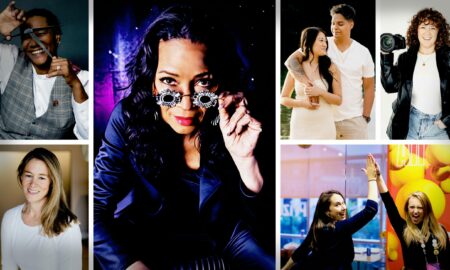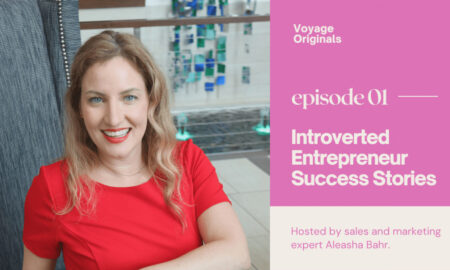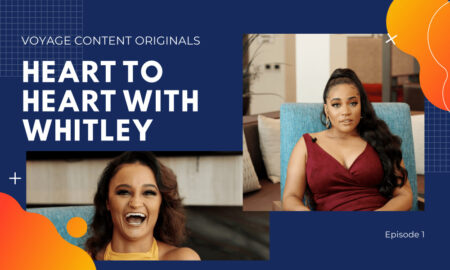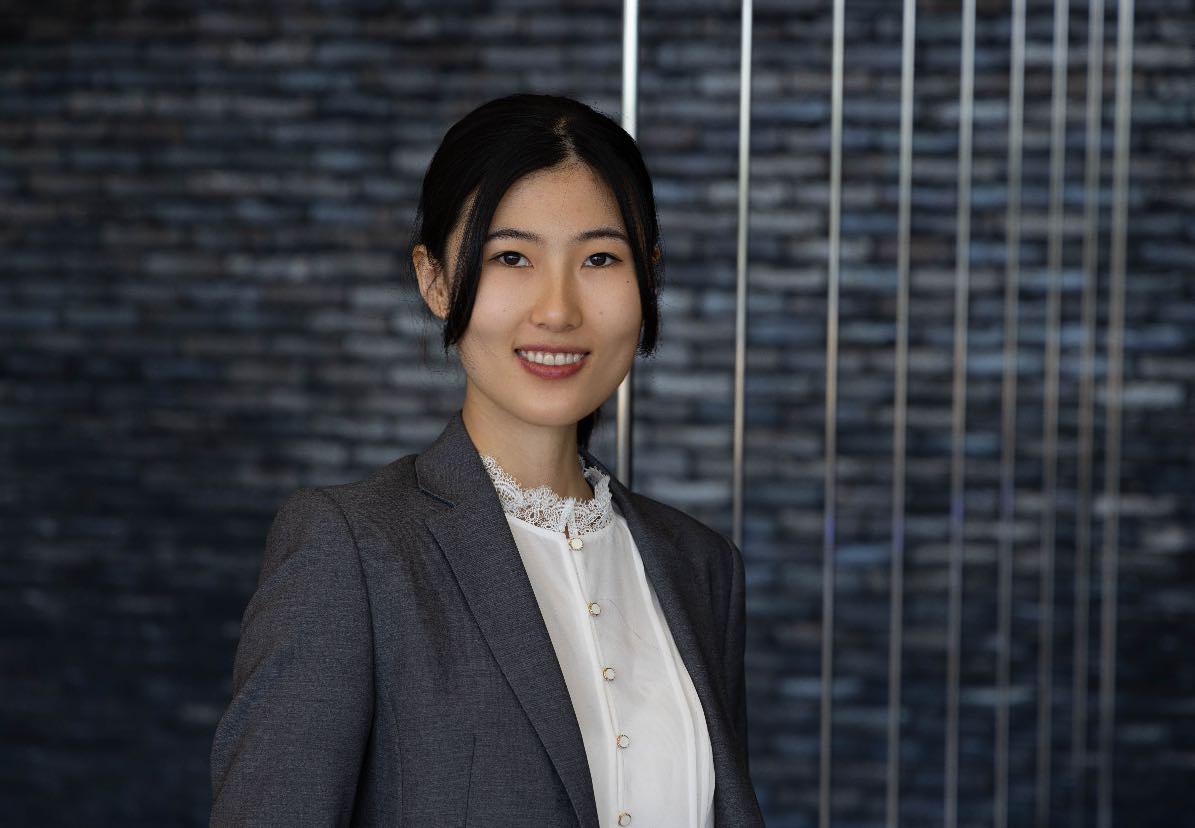

We’re looking forward to introducing you to jiayu liu. Check out our conversation below.
Hi jiayu, thank you for taking the time to reflect back on your journey with us. I think our readers are in for a real treat. There is so much we can all learn from each other and so thank you again for opening up with us. Let’s get into it: Are you walking a path—or wandering?
I actually love this question — it makes me pause and look inward. Like a lot of Asian families, my parents always wanted to make sure I was “on track,” following a clear, safe path. But over time, I realized that many of the moments that truly shaped my success came from small acts of wandering off course. Staying on track keeps you stable, sure — but wandering, even just a little, can spark the kind of discoveries that change everything.
Of course, I can’t just drift through life — that’s terrifying. Wandering means uncertainty, risk, sometimes losing control. But being too obsessed with staying perfectly aligned is just as scary; one small detour starts to feel like failure. So I’ve learned to walk that fine line — to set a direction, but not be controlled by it. I focus on what I can guide, and I let the rest unfold.
This year, I started flight training — not because I had to, but because I wanted to explore something completely new. Flying taught me a beautiful lesson about balance. In the air, you always aim to fly straight from point to point, following the GPS. But the wind doesn’t care about your plans — gusts, crosswinds, thermals will always nudge you off path. At first, I panicked and overcorrected, fighting the plane instead of feeling it. Eventually, I learned to relax, make gentle adjustments, and trust the process. Staying balanced isn’t about never drifting — it’s about how gracefully you find your way back.
That lesson — both in flying and in life — came from a single, spontaneous choice to wander. And honestly, those are the moments that keep me growing.
Can you briefly introduce yourself and share what makes you or your brand unique?
I’m a cross-disciplinary designer whose expertise bridges product design, user experience, and engineering. With a background in mechanical design engineering and transportation systems design, I integrates human-centered design with technical precision to create intuitive, multi-sensory in-vehicle experiences.
At General Motors, I leads UX strategies and future vision development for Cadillac and Corvette, notably the Cadillac “Opulent Velocity” concept, which redefines luxury and performance through adaptive HMI, AR interfaces, and sensory design. Most of my work demonstrates how design and technology converge to enhance safety, emotion, and connection between humans and machines—advancing how people experience mobility in the real world.
Beyond my professional work, I founded a non-profit design collective, O&E, alongside a group of outstanding designers from diverse fields. The organization aims to tackle overlooked design pain points by developing unique and innovative solutions that elevate everyday experiences. Since its inception in 2024, O&E’s projects have received recognition from international design competitions such as the London Design Awards, IDA Awards, and Muse Design Awards, reflecting our commitment to advancing design excellence and social impact beyond the corporate sphere.
Thanks for sharing that. Would love to go back in time and hear about how your past might have impacted who you are today. What’s a moment that really shaped how you see the world?
One moment that reshaped my life and the way I see the world was when I turned a rejection into an opportunity.
A few years ago, right after graduation, I was working incredibly hard to land my first design job. But, as often happens, things didn’t go smoothly—I received countless rejections. It was frustrating and discouraging, and at some point, I started to question myself: Am I just not good enough as a designer?
Eventually, I made it to the third round of interviews with a company I really admired. After multiple rounds and even a referral from an insider, I thought I had a solid chance. But in the end, I was rejected again.
Instead of letting disappointment take over, I made a brave decision to write a thank-you email to the hiring manager, expressing my genuine appreciation for the interview opportunities. I also asked for feedback on how I could improve. To my surprise, she replied with an incredibly kind and encouraging message—she said they were impressed by me and even offered to collaborate on my graduation thesis project.
That rejection ended up becoming a new beginning. The company sponsored my thesis project, and we built a long-term relationship afterward. Through this experience, I learned something I now carry with me everywhere: rejection or “failure” is never the end, but giving up yourself would be. What truly defines us is not the rejection itself, but how we choose to grow from it.
What did suffering teach you that success never could?
Success is often a brief moment—a spark of satisfaction when things finally align. But behind every success are countless struggles, disappointments, and, sometimes, luck. Suffering, on the other hand, is a long and lonely journey. It forces you to pause, reflect, and truly face yourself.
The greatest lesson I’ve gained from suffering is real confidence. It’s easy to feel confident when everything goes smoothly, but the real test comes when you’re under pressure or facing failure. Over time, I’ve learned to remain confident even in vulnerable situations, and that kind of strength can only come through struggle.
Suffering has also taught me gratitude. Many times, pain comes from expecting too much from myself. Learning to acknowledge that growth takes time—and to appreciate what I’ve already achieved—helps me overcome fear and self-doubt. It reminds me that every setback is not a wall, but a mirror that shows who I truly am and how far I’ve come.
Sure, so let’s go deeper into your values and how you think. What’s a belief or project you’re committed to, no matter how long it takes?
I’ve always believed that design has the power to reshape people’s lives when it truly starts from the user.
As designers, we have the tools and mindset to be user-driven, not feature-driven. This perspective often leads to outcomes that are completely different from conventional solutions.
One project that embodies this belief is AUTIO, an online used-car platform my team and I created. The current used-car market floods customers with endless specifications and data—it’s thorough, but overwhelming. We realized that people don’t search for a car just for its features; they search for what value it can bring to their lives.
After defining the gap, we reimagined the experience from the ground up. AUTIO begins not by listing cars, but by understanding each user’s lifestyle through a quick, conversational questionnaire. From there, it curates vehicle suggestions tailored to their real needs.
With an AI-driven, adaptive interface, AUTIO adjusts to each user’s preferences and level of car knowledge, making the entire experience intuitive and human-centered. It doesn’t just show data—it highlights what truly matters to the individual.
In 2025, AUTIO received the Bronze Award from the AI Design Awards, a moment that felt deeply rewarding for our team. More importantly, it reaffirmed the belief I’ve always held and will continue to commit to—that design, when rooted in empathy and user understanding, can genuinely transform how people live and connect with technology.
Before we go, we’d love to hear your thoughts on some longer-run, legacy type questions. Have you ever gotten what you wanted, and found it did not satisfy you?
Yes, of course! Like many designers, I used to feel an incredible rush whenever my work came to life and started bringing value to others.
But after a few times, that excitement began to fade. Design gradually became part of my daily routine—less of a passion, more of a job. Working on repetitive tasks started to drain the spark that once drove me, and I found myself questioning if this was really the life I had imagined for myself.
I began seeking advice from other senior designers, and unsurprisingly, everyone had experienced a similar phase in their career. During that period of self-reflection, a close friend told me something that completely shifted my perspective. She said, “You lose interest after achieving something because you’re only reaching for the low-hanging fruit. Set a goal big enough to scare you a little—that’s the one worth chasing.”
That line stayed with me. I started to look at myself and ask, Am I dreaming big enough? Am I challenging myself enough to feel scared again? Since then, I’ve been intentionally pushing beyond my comfort zone. And as I keep chasing those bigger, slightly terrifying goals, I’ve found my passion reignited—design feels thrilling again.
Contact Info:
- Website: https://lorrainejade.github.io/
- Linkedin: https://www.linkedin.com/in/jiayu-liu-8456731b3/
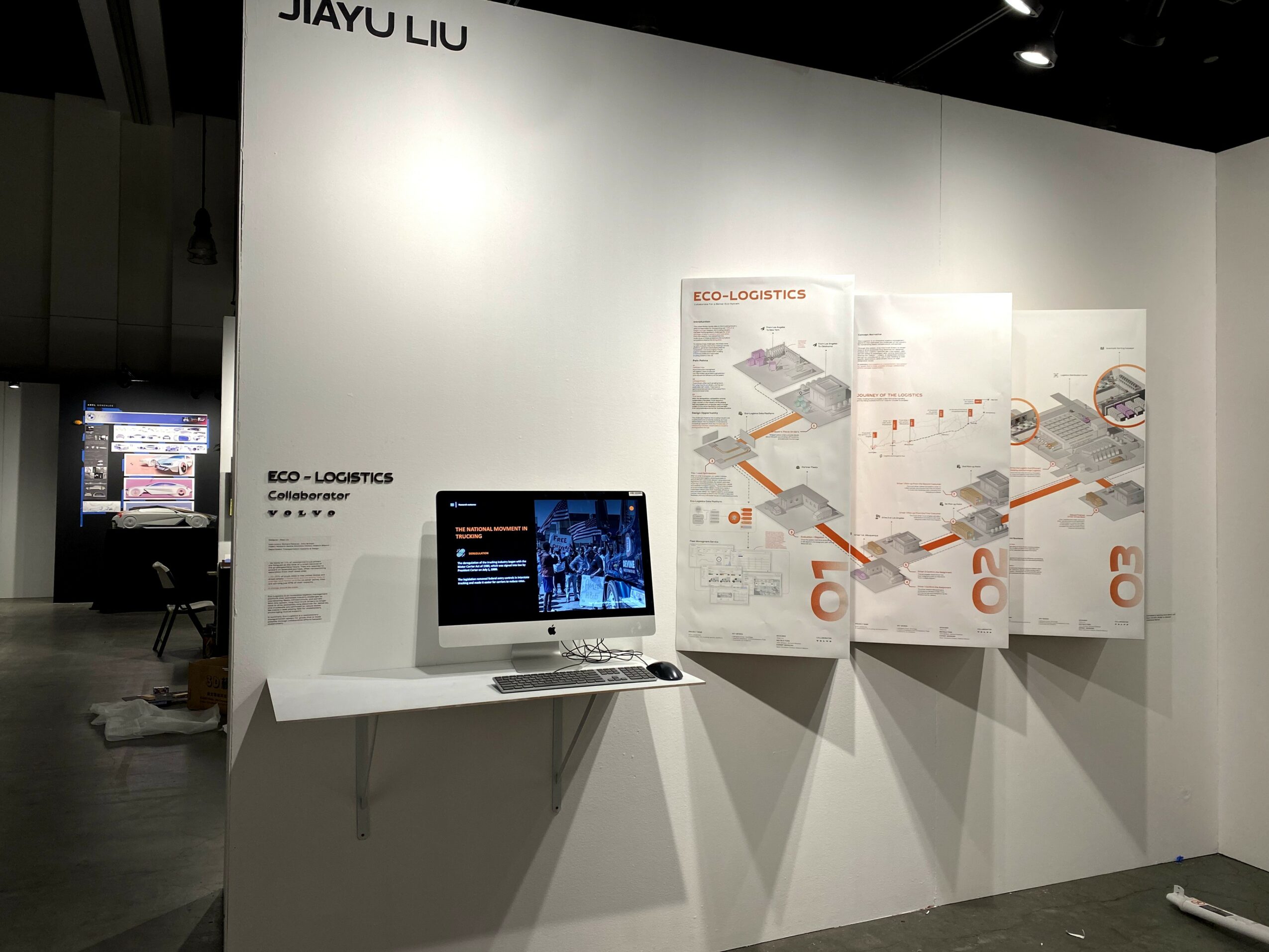
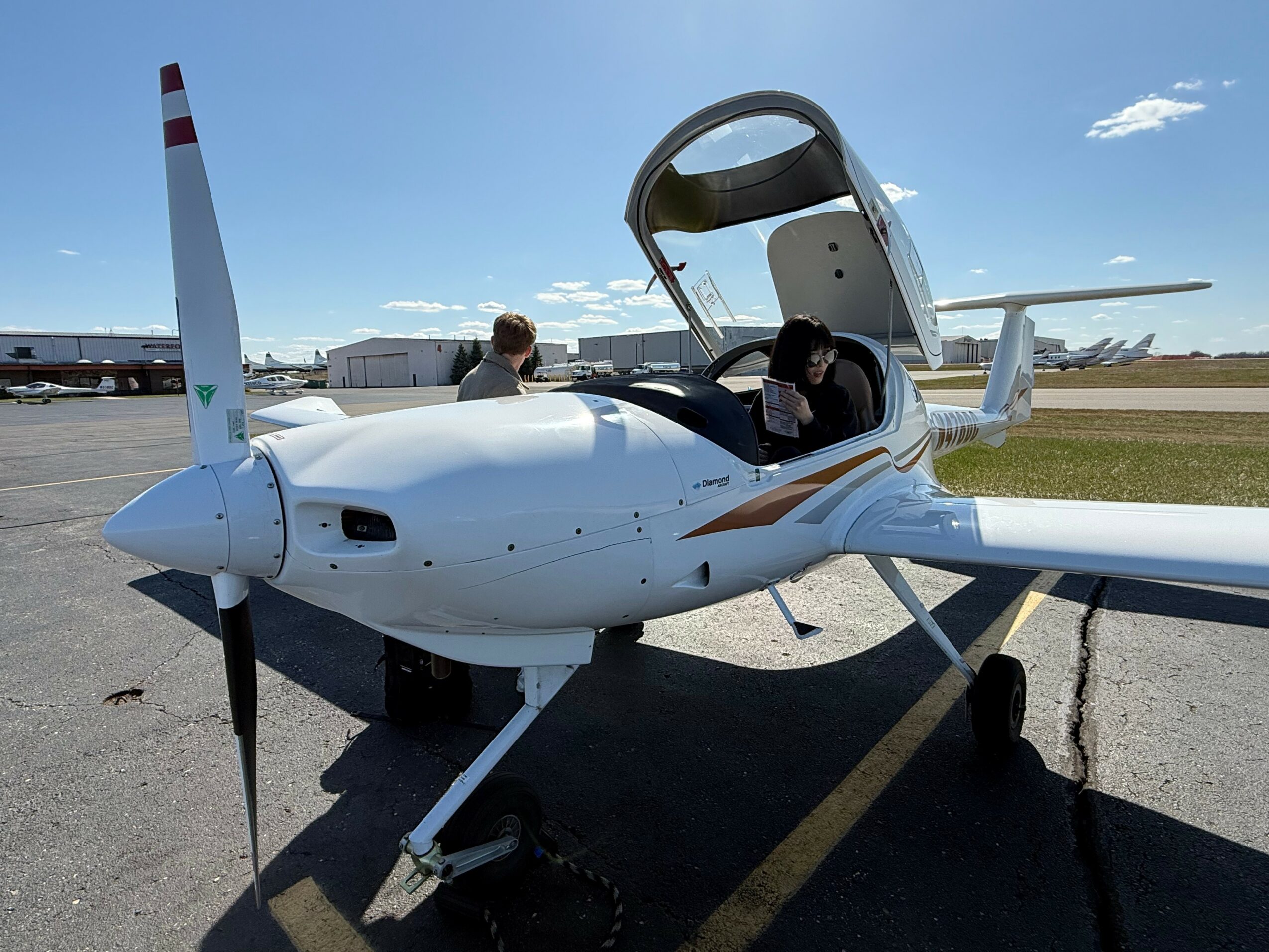
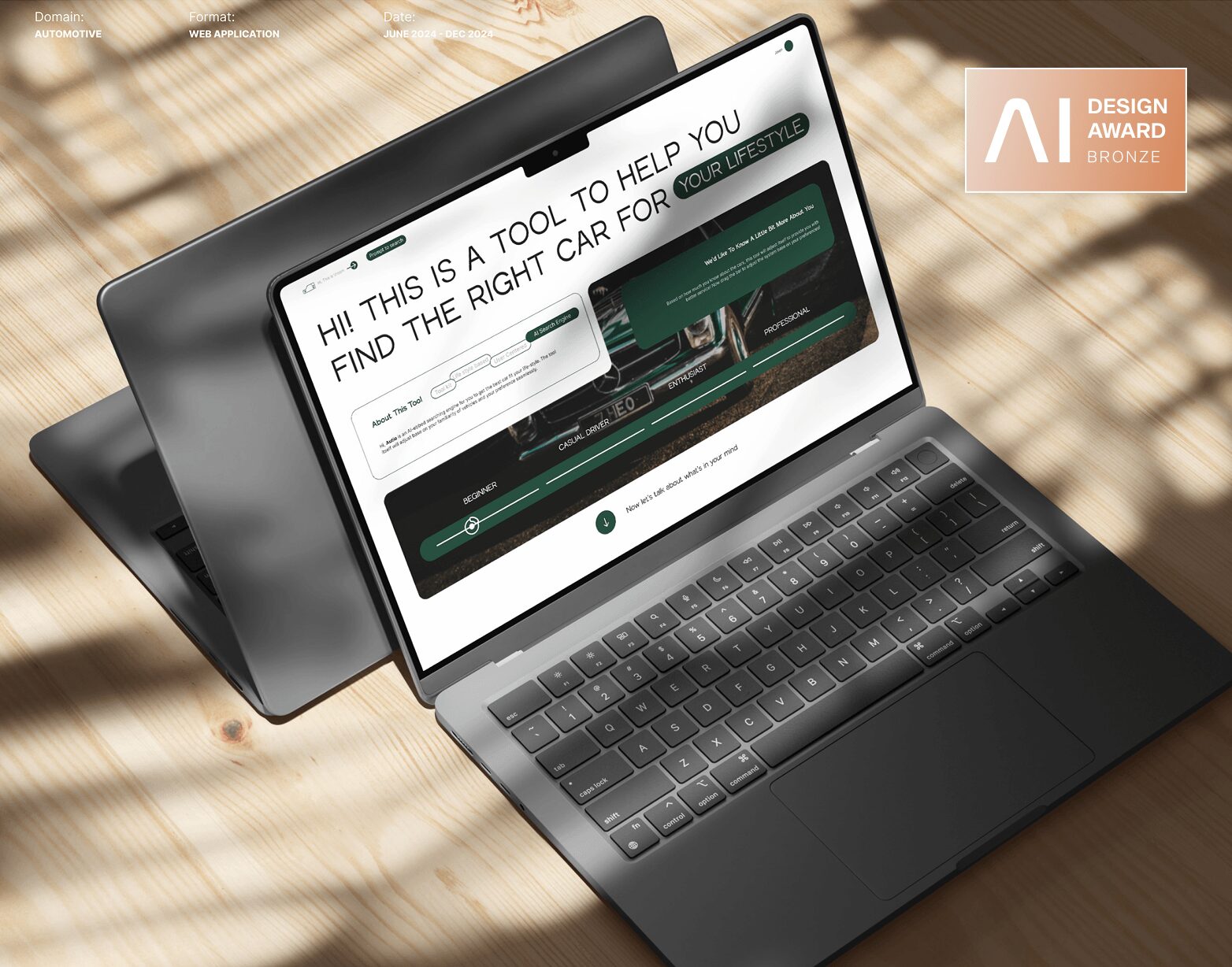
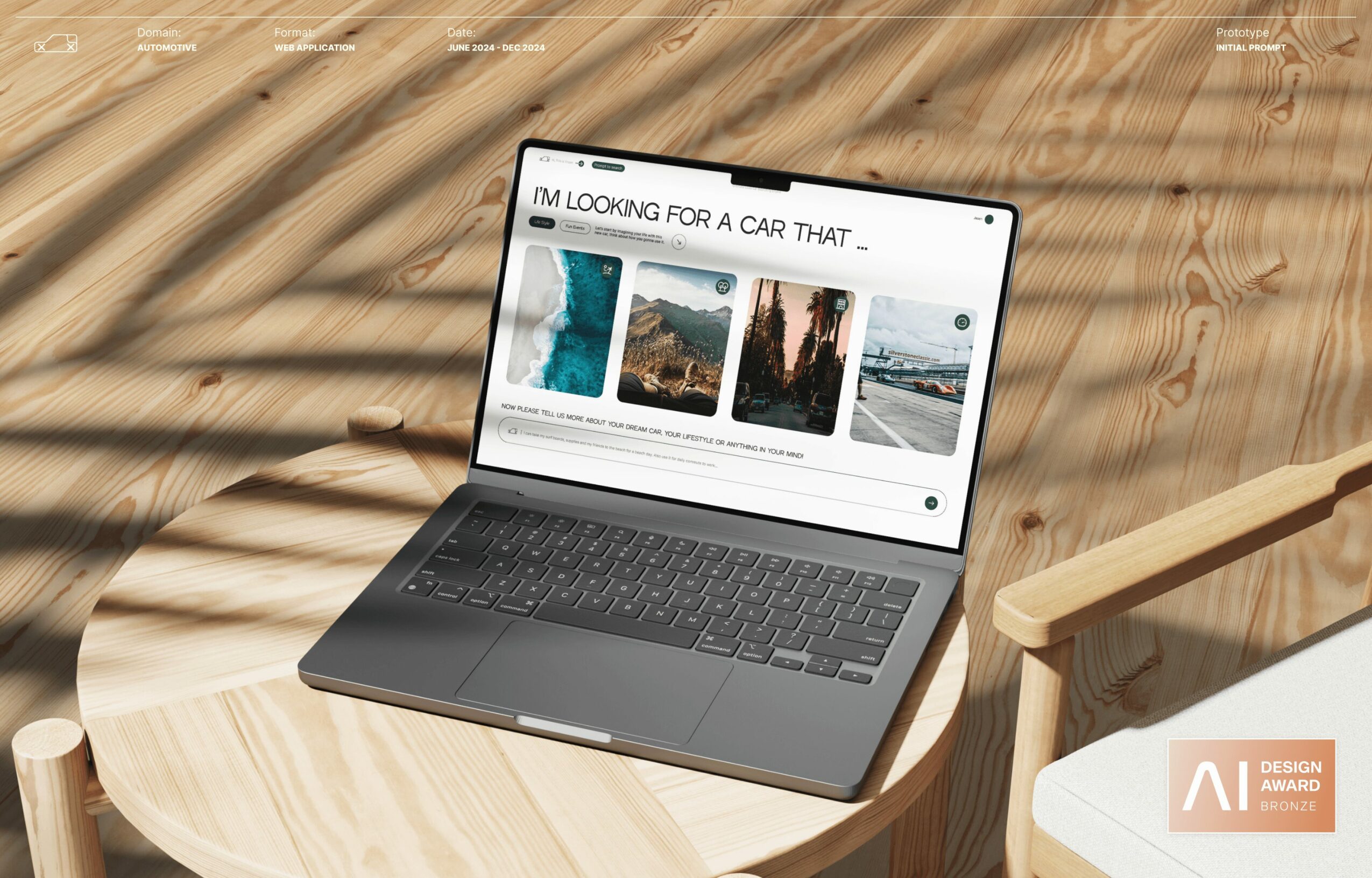

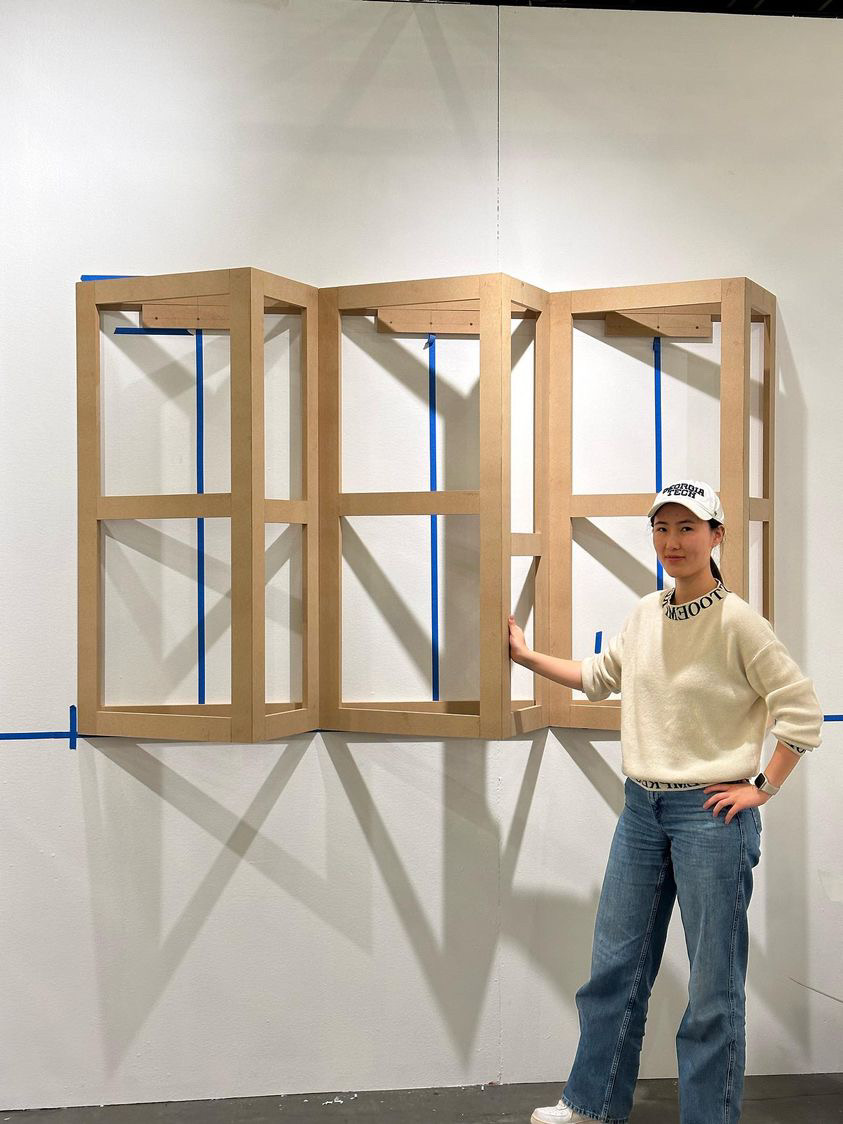
Image Credits
Jiayu Liu

